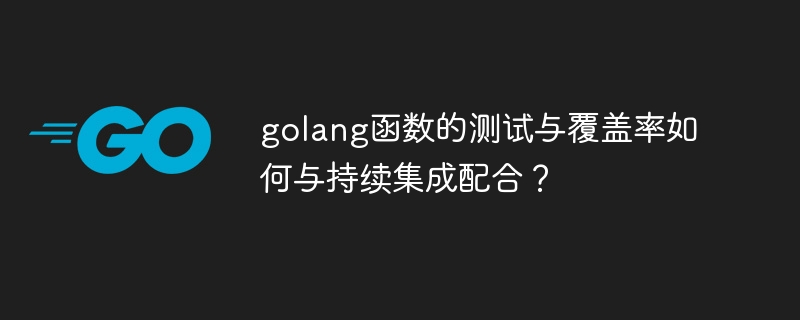

Golang Function Testing, Coverage and Continuous Integration
In software development, testing and coverage are important to ensure the quality and reliability of the code Crucial. In Golang, there are various tools and techniques that can be used to achieve these goals and can be used with continuous integration (CI) systems to automate the testing process.
Testing and Coverage
testing packages that can be used to easily write and run unit tests. go test -coverprofile. Code example:
func Add(a, b int) int {
return a + b
}
func TestAdd(t *testing.T) {
tests := []struct {
a, b, expected int
}{
{1, 2, 3},
{-5, 10, 5},
{0, 0, 0},
}
for _, test := range tests {
actual := Add(test.a, test.b)
if actual != test.expected {
t.Errorf("Expected %d, got %d", test.expected, actual)
}
}
}In the above example, TestAdd is a unit test that tests Add Function. tests Snippets contain values for various inputs and expected outputs. During testing, the Add function is executed and the results are compared with the expected output. If the test fails, an error message is generated.
Used with continuous integration
CI system can automate the testing process and ensure that tests are run for every code submission. Here's how to integrate Golang testing and coverage in a CI system such as Jenkins:
Add the following steps in the CI configuration:
go test: Run the unit test. go test -coverprofile=coverage.out: Generate coverage report. go tool cover -html=coverage.out: Convert coverage report to HTML. The CI system will display test results and coverage reports so developers can easily monitor code quality.
By incorporating effective testing and coverage strategies, as well as continuous integration, Golang developers can ensure that they develop reliable, high-quality software.
The above is the detailed content of How does golang function testing and coverage cooperate with continuous integration?. For more information, please follow other related articles on the PHP Chinese website!




